Navigate to:
What Is the 3-Month Salary Rule for an Engagement Ring?
The “3-month salary rule” for an engagement ring isn’t an ancient tradition. It’s a successful marketing campaign, created by De Beers in the 1930s to boost diamond sales. Through decades of advertising, they successfully raised the suggested spending from one to three months’ salary, embedding the idea that a diamond’s cost directly reflects the depth of one’s commitment.ignificant portion of your income on a diamond was the ultimate display of love and commitment.
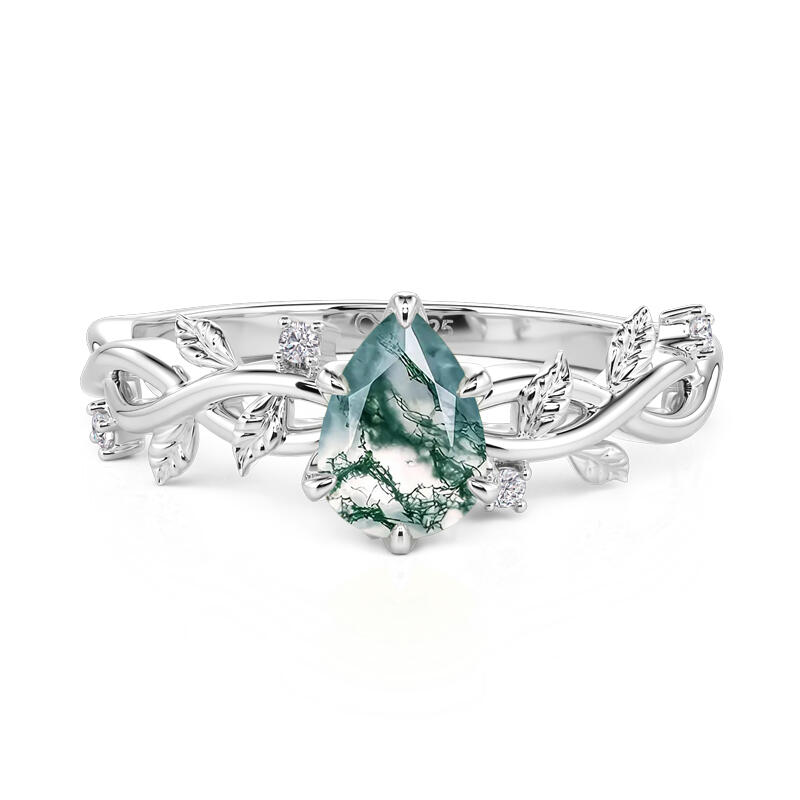
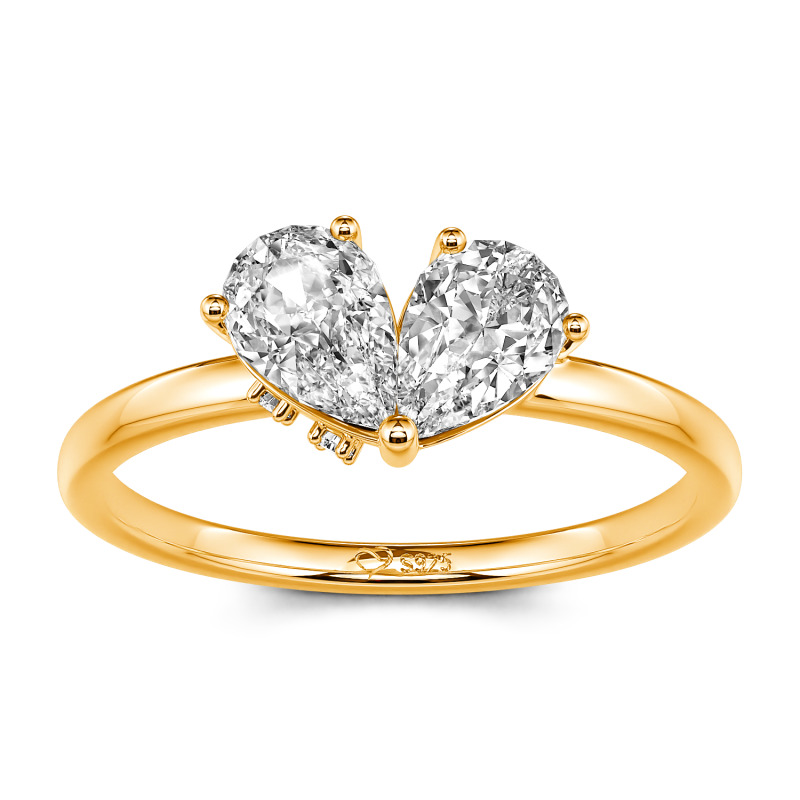
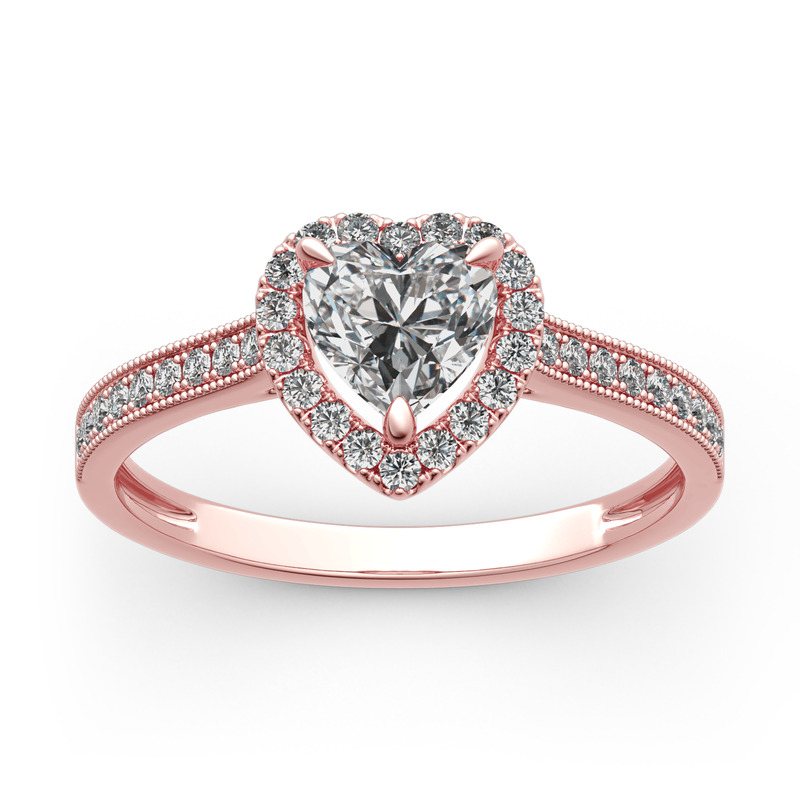
Should You Spend 3-Month Salary on an Engagement Ring
Once a popular benchmark, the 3-month salary rule is now largely outdated. Modern couples prioritize financial practicality and personal values over rigid formulas. However, it still offers a useful starting point:
1. It Simplifies the Budgeting Process: The “3-month salary” rule simplifies budgeting by providing a clear “financial north star.” This eliminates the guesswork and emotional overwhelm, allowing you to focus on the excitement of the proposal rather than the expense.
2. It’s a Tangible Display of Commitment and Value: Investing three months’ salary transforms the abstract intention of commitment into a concrete act, proving you are ready to invest meaningfully in your shared future.
3. Manages Expectations: The rule provides a quantifiable benchmark to counter social pressure and manage expectations. It offers a realistic spending range, preventing personal anxiety-driven decisions while aligning with cultural norms that equate investment with commitment.
However, this familiar guideline has several notable drawbacks:
Varying Incomes & Lifestyles: Salaries differ wildly across industries, regions, and career stages. What’s affordable for one person might be impossible for another. Moreover, modern couples often prioritize different things – travel, experiences, or investments might hold more value than a specific price tag on a ring.
It Misses the Point: The ring is a symbol, not the sum total of your love or commitment. Focusing on an arbitrary monetary value shifts the attention away from what truly matters: the partnership, the shared future, and the genuine love between two people.
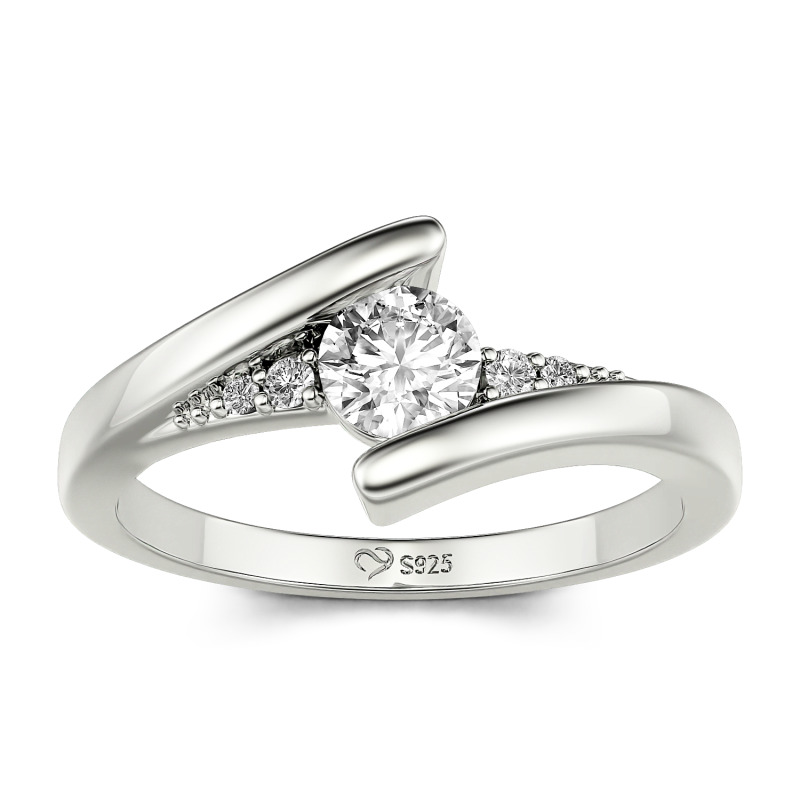
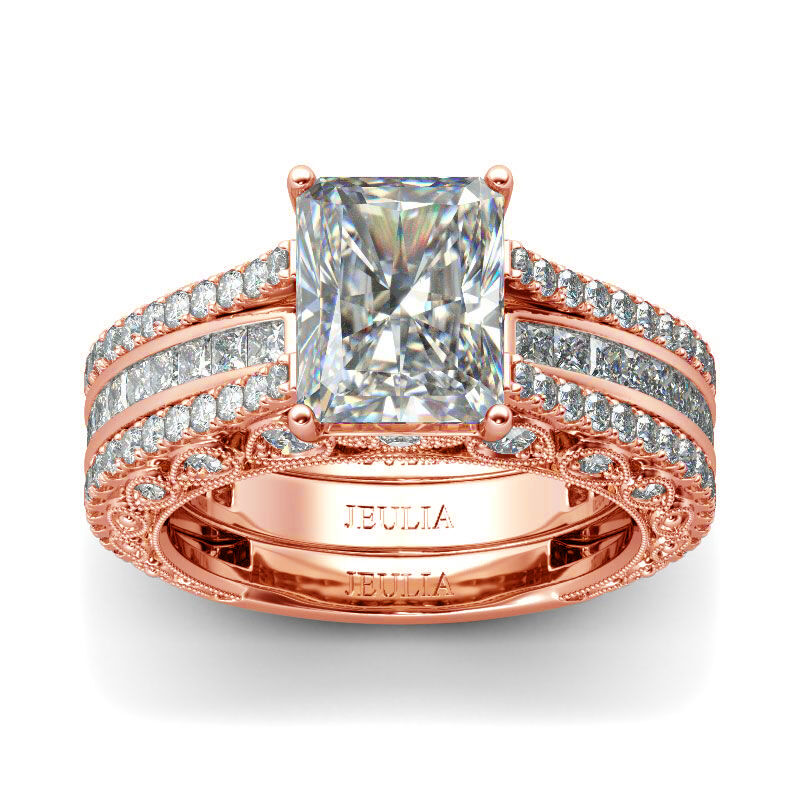
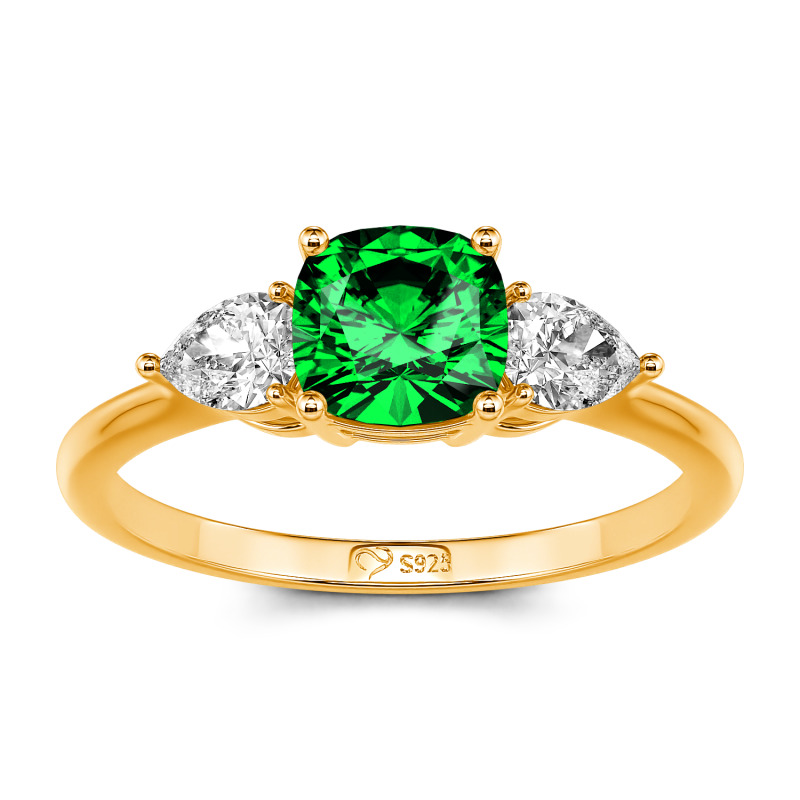
How Much Should You Spend on an Engagement Ring
The truth is, there’s no one-size-fits-all answer. The “right” amount to spend is entirely dependent on your individual financial situation, your partner’s expectations, and your shared future goals.
Here’s a breakdown of key factors to consider:
Start with a Realistic Budget: Based on your financial assessment, set a firm price range.
Prioritize What Matters Most: Is it the carat size, the diamond shape, the metal type, or the ethical sourcing? Decide what’s most important to you and your partner.
Explore Different Options:
Lab-grown diamonds: These are chemically and physically identical to natural diamonds but can be significantly more affordable.
Alternative gemstones: Sapphires, moissanite, emeralds, and other beautiful gemstones can be stunning and budget-friendly alternatives.
Consider a smaller center stone with a halo or accent stones: This can create the illusion of a larger, more elaborate ring.
In Conclusion
When buying an engagement ring, focus on finding a piece that celebrates your unique bond, ensures your financial well-being, and brings a shared sense of joy.
